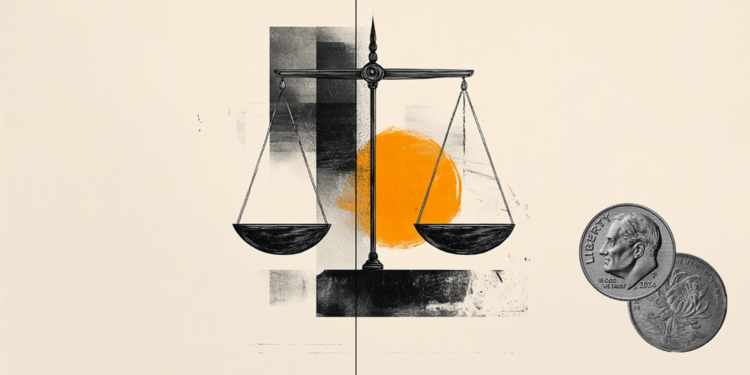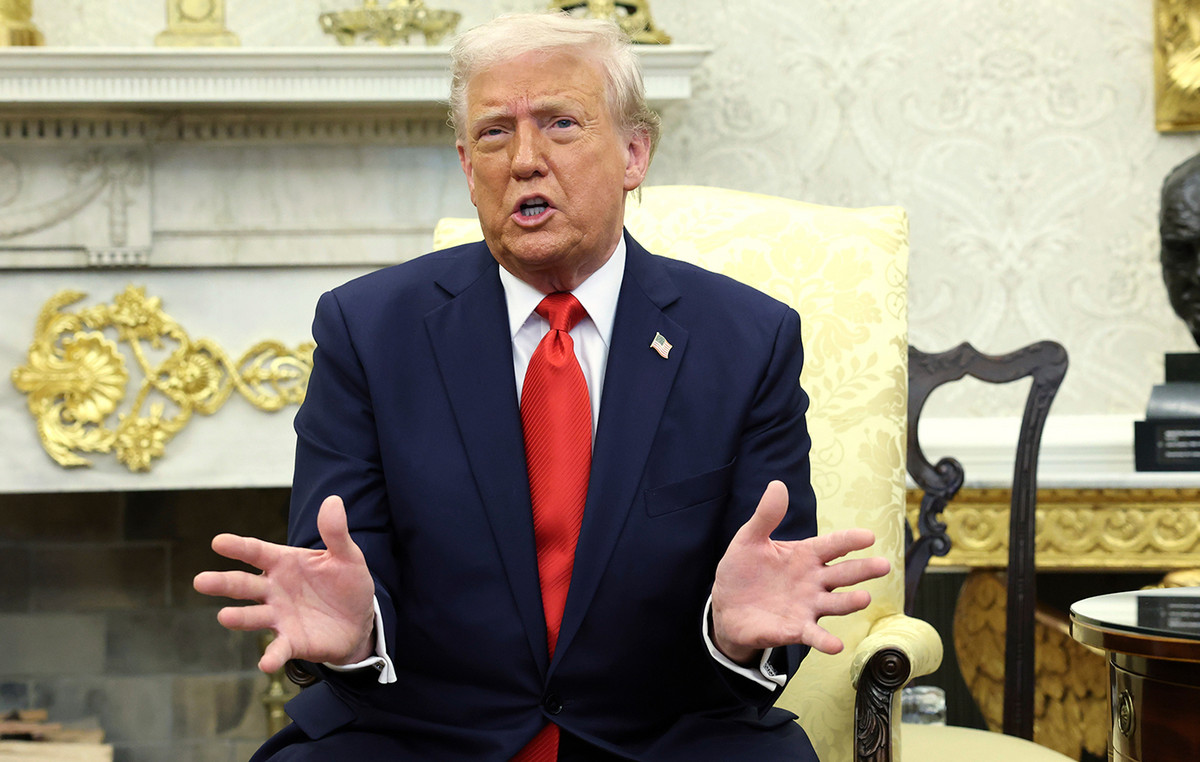On posters in big cities and tattoos, on the facade of the Ministry of Health in Buenos Aires, in countless films, soap operas and plays, on the 100-peso note, in portraits in homes, public offices and unions, in everyday speech; Eva Perón continues to have a strong presence in Argentine society — among supporters and detractors — 70 years after her death.
But who exactly was “Evita” — as she was popularly known — and what did she do in Argentina?
Biography
Eva María Duarte was born on May 7, 1919 in Los Toldos, province of Buenos Aires, to a low-income family. She had four brothers.
In 1935 she traveled to Buenos Aires, capital of Argentina, and made her debut as an actress in the Eva Franco company: between 1936 and 1942 she played several roles in cinema, theater and radio.
In 1944, at an event to raise funds for victims of the San Juan earthquake, he met Colonel Juan Domingo Perón, who at the time held the positions of Secretary of Labor and Welfare and Minister of War in the de facto governments of Pedro Ramírez. and Edelmiro Julian Farrell. They were married on October 22, 1945.

Eva Duarte de Perón began her political career — in defense of women’s rights and the most vulnerable sectors — accompanying her husband on his political travels and in the 1946 presidential campaign, which Perón won (he assumed the presidency on June 4 of that year). .
She passed out in 1950, and subsequent medical examinations revealed cancer. Due to her health problems, in 1951 she announced that she would not accompany Perón in the presidential campaign, as was expected, in the elections, and published her famous book “The reason for my life”.
On July 26, 1952, Eva María Duarte de Perón died of cervical cancer at the age of 33.

Argentina had signed the Chapultepec Act of 1945, which urged the pursuit of women’s suffrage, but had not yet made decisive progress, except for the demand in previous decades by women suffragettes and socialist and communist sectors.
Eva Perón, already the first lady of Argentina, promoted the female suffrage law that she introduced in 1946 and was approved in 1947, and the concepts of legal equality of spouses and shared parental authority, which were incorporated into article 37 of the Constitution promoted by Perón in 1949 (later revoked after the 1955 military coup).
In 1949, he also founded the Peronist Women’s Party, which he presided over until his death.
It also defended the rights of the most vulnerable sectors and promoted social programs: within the framework of the Eva Perón Foundation, educational institutions, hospitals, the famous School of Nursing and food stores were created.
Because of her work, she became known as the “flag bearer of the humble” and the “mother of the shirtless”, which in Argentina was used at the time to refer to very poor people.

Supporters and Detractors
Since her rise as First Lady and even after her death in 1952, Eva Perón has provoked both devotion from her followers and strong criticism from her detractors, a situation that continues to this day.
Her tomb in the La Recoleta Cemetery, in the city of Buenos Aires, is still decorated with fresh flowers and messages from her supporters, and her figure continues to inspire artistic expressions: the series “Santa Evita”, based in turn on the novel by the writer Tomás Eloy Martínez, premieres this Tuesday (26).
Many will remember, especially outside Argentina, the popular Broadway musical “Evita”, by Andrew Lloyd Webber and Tim Rice, which had its film version in 1996, with the main role of Madonna. Based on the highly critical biography of Eva Perón published in 1952 by Mary Main, neither work is celebrated by the Peronists.
Evita is a symbol of Peronism, one of the most important political movements in Argentina’s history: the current president, Alberto Fernández, belongs to the same party, as does the vice president and former president, Cristina Fernandez de Kirchner.
Thus, the critical sectors of the Perón government, which they considered an authoritarian and populist leader sympathetic to fascism, also denounced the figure of Evita: they questioned the Peronist government for its press censorship and the persecution of opponents, among other things.
Three years after Evita’s death, anti-Peronist sectors, which had the support of much of the Argentine armed forces, finally overthrew Perón in 1955, although he briefly returned to power in 1973, before his death a year later.
Source: CNN Brasil
I’m James Harper, a highly experienced and accomplished news writer for World Stock Market. I have been writing in the Politics section of the website for over five years, providing readers with up-to-date and insightful information about current events in politics. My work is widely read and respected by many industry professionals as well as laymen.







